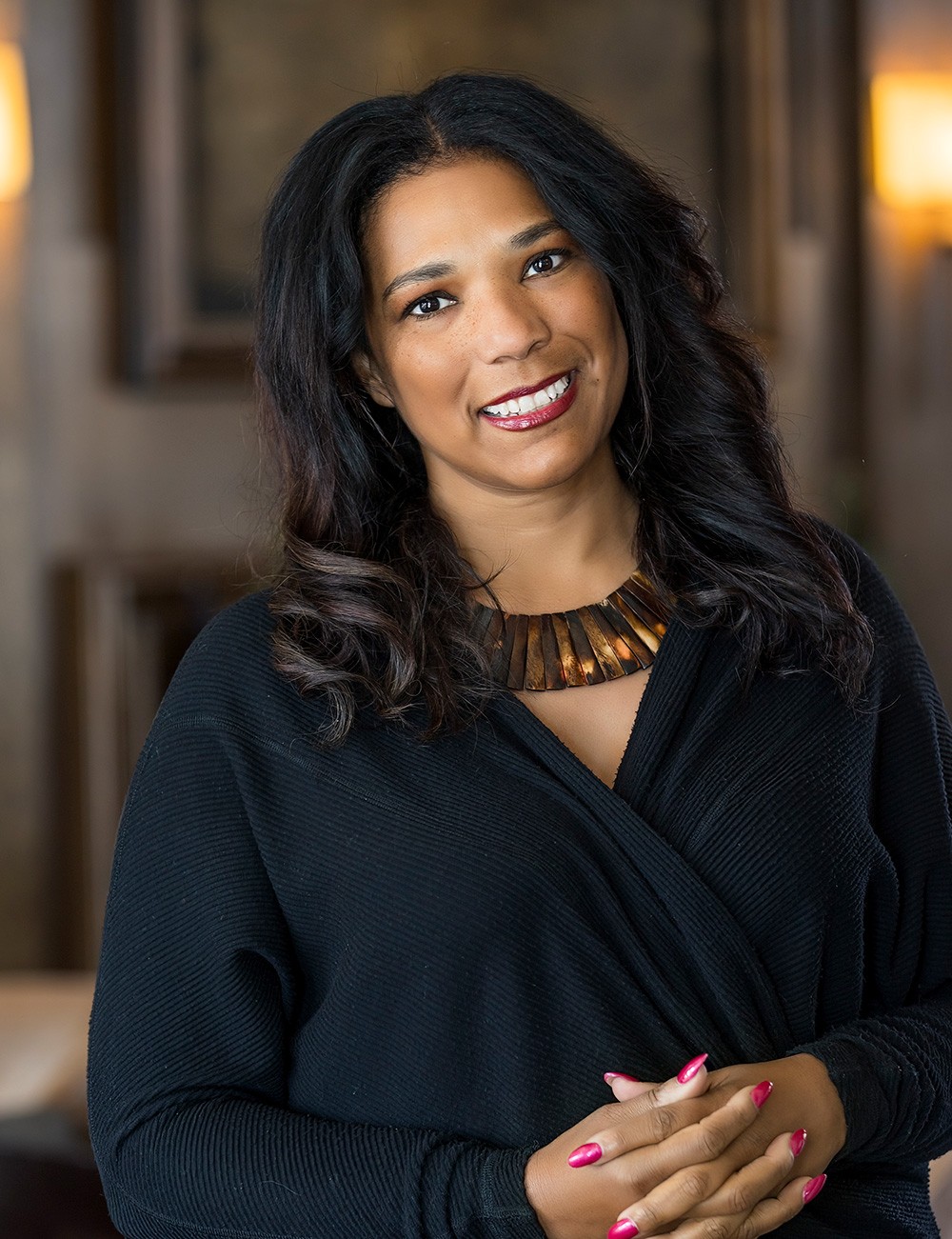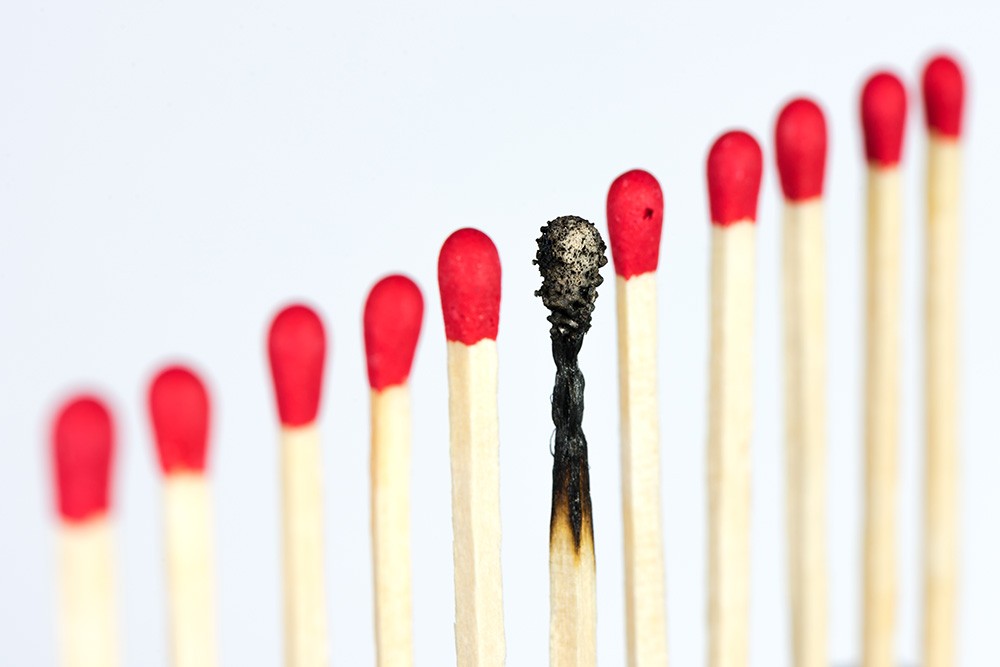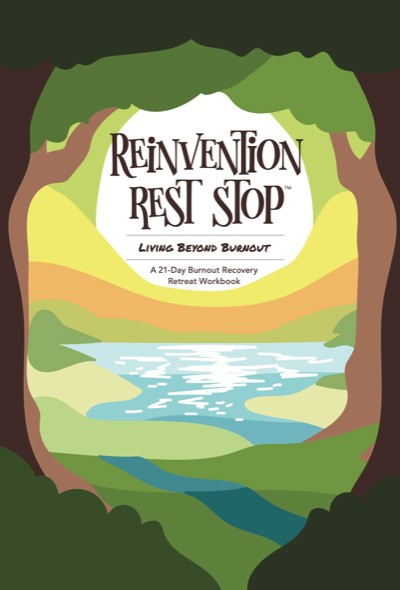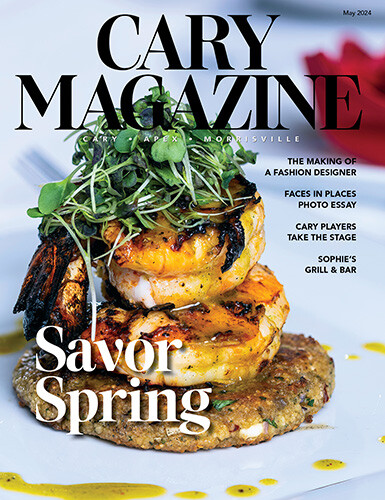We can’t turn around these days without hearing about burnout. Even the World Health Organization designated burnout an occupational phenomenon negatively impacting the workplace. And as a leadership development specialist and corporate culture consultant, I’m hearing about burnout at all levels. The good news is burnout doesn’t have to have us in a death grip. This year we can break free of the chokehold.

Jes Averhart. Photo by Jonathan Fredin
What’s happening?
First, let’s lay out what this occupational phenomenon feels like so we can better understand what we’re up against. Imagine you’re running a marathon. You’ve trained for months, and you’ve made it through arduous hours of running. And then, just as you approach the 26.2 mile marker, just as you think relief and a glorious shower are ahead, you discover … oh, God no … it can’t be …
Somebody has moved the finish line.
You went into this thing knowing 26.2 miles was going to require everything in you, and now you have to keep running — with no end in sight. You want to collapse into a puddle of tears. That, my friend, is what burnout feels like.
The thing is, nobody can run forever. Even if you’ve trained well. Even if you’re wearing top-notch shoes and drinking your water. Even if you’ve been slurping down those gross gooey energy gels and you’ve got cheerleaders holding up signs at every mile marker … you still can’t run indefinitely.
Because you’re not supposed to.
What stopped me in my tracks?
Last spring, I literally collapsed in that puddle of tears. At the time, I didn’t realize how little margin I had and how emotionally depleted I had become. It all came to a head when a friend called one afternoon and I didn’t want to answer the phone. I knew this call would be one sided and require me to draw from an emotional well of support that was dry. Despite this, I answered the phone. She talked and I teared up. The straw. The camel. I didn’t have it in me to care — as awful as that is to admit.
That feeling is called compassion fatigue, and it’s one of the first signs of burnout. So I did what any self-respecting human who makes a career out of personal development would do: I finished crying and bought a slice of salted caramel cake from Nantucket.
When I finally pulled myself together, I realized this was less about her and way more about me, my lack of emotional boundaries, and my season of overcommitment.

Shutterstock
This realization put me square in the ring with burnout. I was determined to win the battle and regain control of my life. So, I got busy (in all the right ways) trying to better understand the cause and impact of burnout. I interviewed local execs, experimented with burnout recovery tactics, and researched ways to burnout-proof my life.
One consistent theme in all my research was self-awareness. We know that at least 80% of people say they are or have been crispy crunchy burned out, and most are trying to course correct. But the long-term solution to burnout is deeper than a bubble bath or a walk in the park.
At this point you may be saying, “Great … where’s the offramp, Jes? Tell me how I can get out of this never-ending race?” Yes, these are the right questions to ask. But to really dig deep, I need to ask you a question first.
Who’s moving your finish line?
Think deeply before you answer. Sure, in some instances, it is you. It’s normal these days to take pride in our world-record pace, wearing it like a badge of honor. But in most cases, it’s not. Often, we see the leaders in our workplace adjusting the race ribbon with unrealistic deadlines or increased responsibility because they are also running at a record pace or understaffed. And society at large rewards high achievers by saying we are only worthy if we have sacrificed to the point of exhaustion.

Shutterstock
But the truth is, if you don’t want to burn out, you have to stop living like you’re on fire.
My recent bout with burnout and research on the topic has led me to write a book and create a program addressing how to recover from and prevent burnout. While the results are too layered to share in a single article, you can make significant changes just by doing the following five things:
- Schedule time for rest — daily. Working from a place of rest versus earning the right to rest will change your life. And because we’re all unique, you’ll need to experiment with different types of rest to determine what truly refreshes your soul. For example, one of our staff members finds swimming laps to be restorative; another prefers coloring or going for long drives without a destination. Whatever restores you, make time to do it every day.
- Break the stress cycle — daily. I highly recommend Burnout: The Secret to Unlocking the Stress Cycle by Dr. Emily Nagoski and Dr. Amelia Nagoski. In this book, the Nagoski sisters recommend taking actions to break the stress cycle each and every day. That means things like hugging someone for 20 seconds, moving your body, or getting creative.
- Use filters to prioritize where you invest energy. When you don’t filter your obligations, everything seems equally important and urgent. Everything sounds like a fire alarm, demanding your immediate attention. When you apply a filter, you’ll see that only a fraction of those obligations are actually real. To cut through the noise, I like to ask myself the following three questions:
- Does this thing NEED to be done?
- Does it need to be done NOW?
- Does it need to be done BY ME?
- Find your wave and get up on your board. Like a surfer who stands up at just the right time to harness the energy of a beautiful and life-giving wave, find an activity that energizes you — an emotional wave, if you will. Celebrate it. Enjoy the moment.
- Flip the script on what makes you feel worthy. Instead of exalting burnout culture, let’s actively resist. When someone asks how you’re doing, tell them how rested you are. Talk about how happy you are when you have margin in your schedule. Resist the urge to celebrate exhaustion and overwork.

Applying even one of these principles this year may help you identify the finish line and do it on your terms. With that in mind, let 2023 be the year where you take your agency back and design a life that’s BEYOND BURNOUT.
One where you lead, parent, love, and live replenished — full of margin, fulfillment, and rest at its core. At the end of the day, that’s the good stuff. And I promise, it’s within reach.
- Dare to Heal Differently
- Beyond Burnout
- A Class of Its Own
- Senior Profile: Anne Schick
- Things to Do: January / February 2023
- Erica Chats: Is 2023 the Year You Start to Live Your Authentic Life?
- On Trend: Drinking Vinegars
- Small Business Spotlight: Spa By Jing
- Nonprofit Spotlight: Small Hands Big Hearts United
- Restaurant Profile: BB’s Crispy Chicken
- Liquid Assets: The Stipe
- Garden Adventurer: Agalonema Aglow






